Affiliate links on Android Authority may earn us a commission. Learn more.
Xiaomi is climbing the price ladder with the Mi 10 in India — here's why
Published onMay 16, 2020
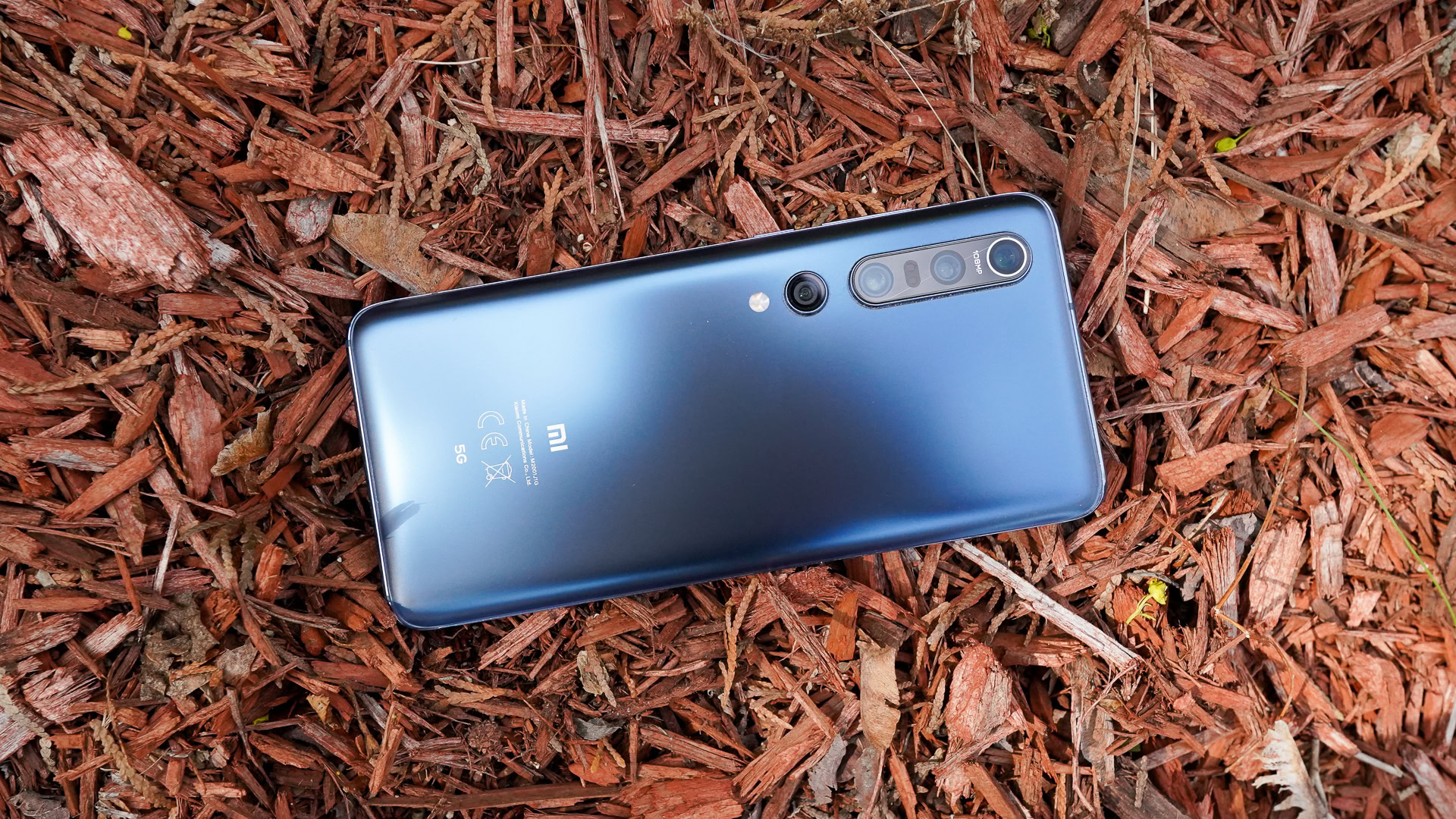
It’s been a while since Xiaomi introduced a truly high-end phone in India. In fact, the company’s last flagship phone in the country before the recently released Mi 10 was the Mi Mix 2. Launched in 2017, just three years into its entry into India, the phone did nothing to bolster the company’s market share in the then Samsung dominated premium segment. Definite numbers are hard to find, but given how it has taken Xiaomi another three years to attempt a high-end foray in India alludes to how badly the phone did in the country.
Read: Xiaomi Mi 10 Pro review: Delivering the goods | Xiaomi Mi 10 review: Premium hardware let down by unpolished software
That didn’t deter the brand’s wider ambitions in the region, of course, as Xiaomi doubled down on its entry-level push. Today, Xiaomi enjoys a 30% share of India’s smartphone market according to market research firm Canalys. This was achieved on the back of its affordable mid-range hardware. Growth has, however, slowed down. From 9.5 million units shipped in Q1 2019 to 10.3 million in Q1 2020, Xiaomi managed to just about hold on to its market share in Q1 2020. Increasing competition from the likes of Realme, challenging market conditions with COVID-19 means that shipments will slow down even further. The razor-thin margins are getting even thinner.
With brands like vivo and realme challenging Xiaomi’s dominance in the sub-$250 (~Rs 19,000) market, it has become imperative for Xiaomi to move up the price ladder to increase profitability. With the launch of the Mi 10 in India, there is a lot of conversation questioning whether Xiaomi has the brand cachet to pull off a Rs. 50,000 (~$650) phone in the country.
Will the Mi 10 be yet another one-hit-wonder in India, or can it signal the start of Xiaomi’s long journey towards staking a claim in the premium smartphone segment? Let’s discuss.
Sub-brands are an effective tool to avoid brand dilution
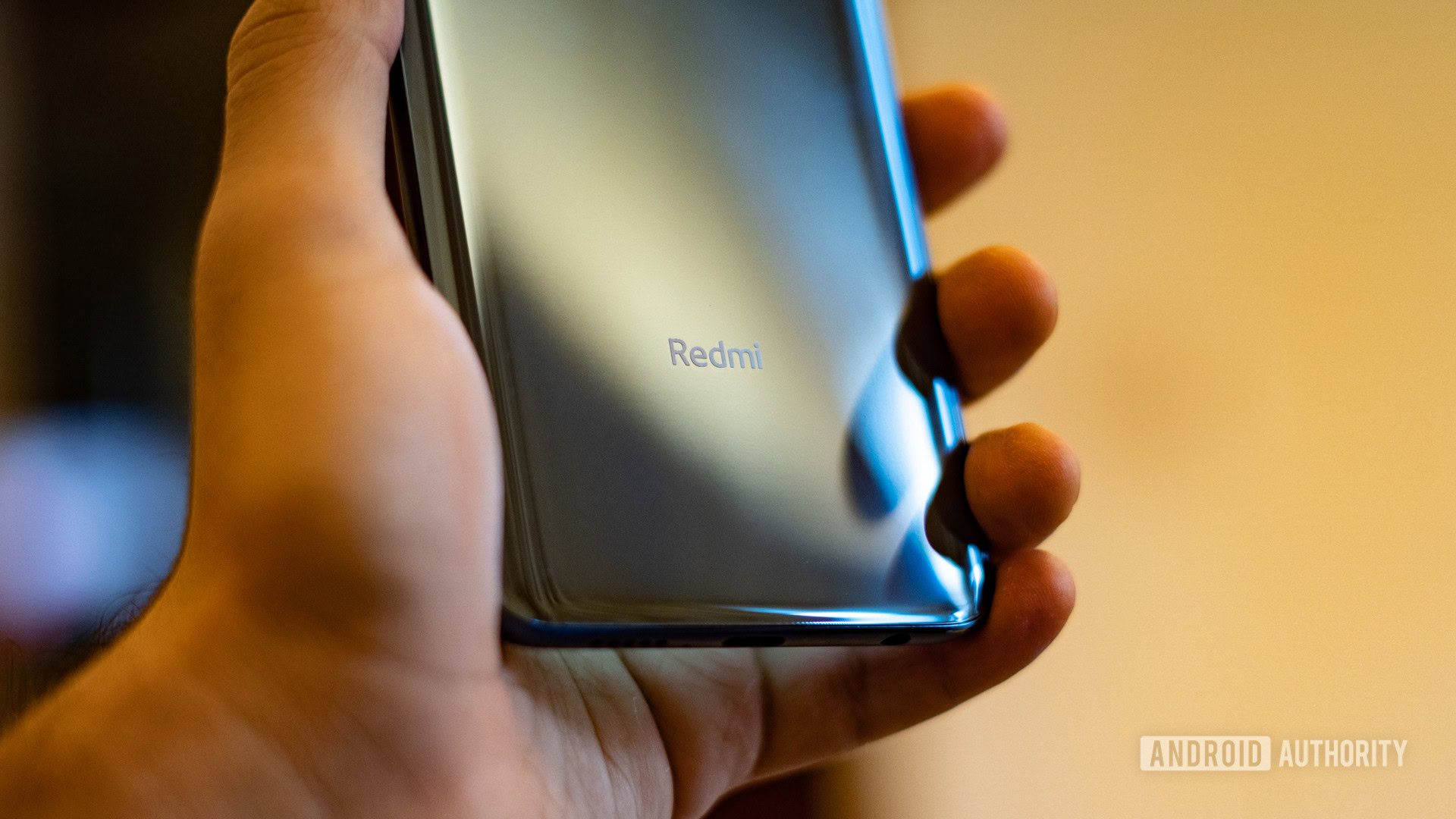
Xiaomi’s growth in India is, in many ways, synonymous with the wider growth of the mobile industry in the country. When Xiaomi introduced its products in India way back in 2014, the average selling price of a smartphone was just $138 and the market was in a transitory phase from feature phones to smart devices.
Smartphone shipments have grown from 17 million in 2014 to over 158 million in 2019, the premium segment is growing.
From 17 million smartphone shipments in 2014 to 158 million in 2019, Xiaomi has piggybacked on the rapid proliferation of smartphones in India and has consistently been the top-performing player in the affordable devices segment. In fact, Xiaomi’s Redmi phones are so popular that the branding became synonymous with the company itself. It was imperative for the brand to spin it off the series into a sub-brand to avoid diluting the brand identity of its premium portfolio. In early 2019, Xiaomi made it official and Redmi became its own identity to compete in the affordable mid-range segment.
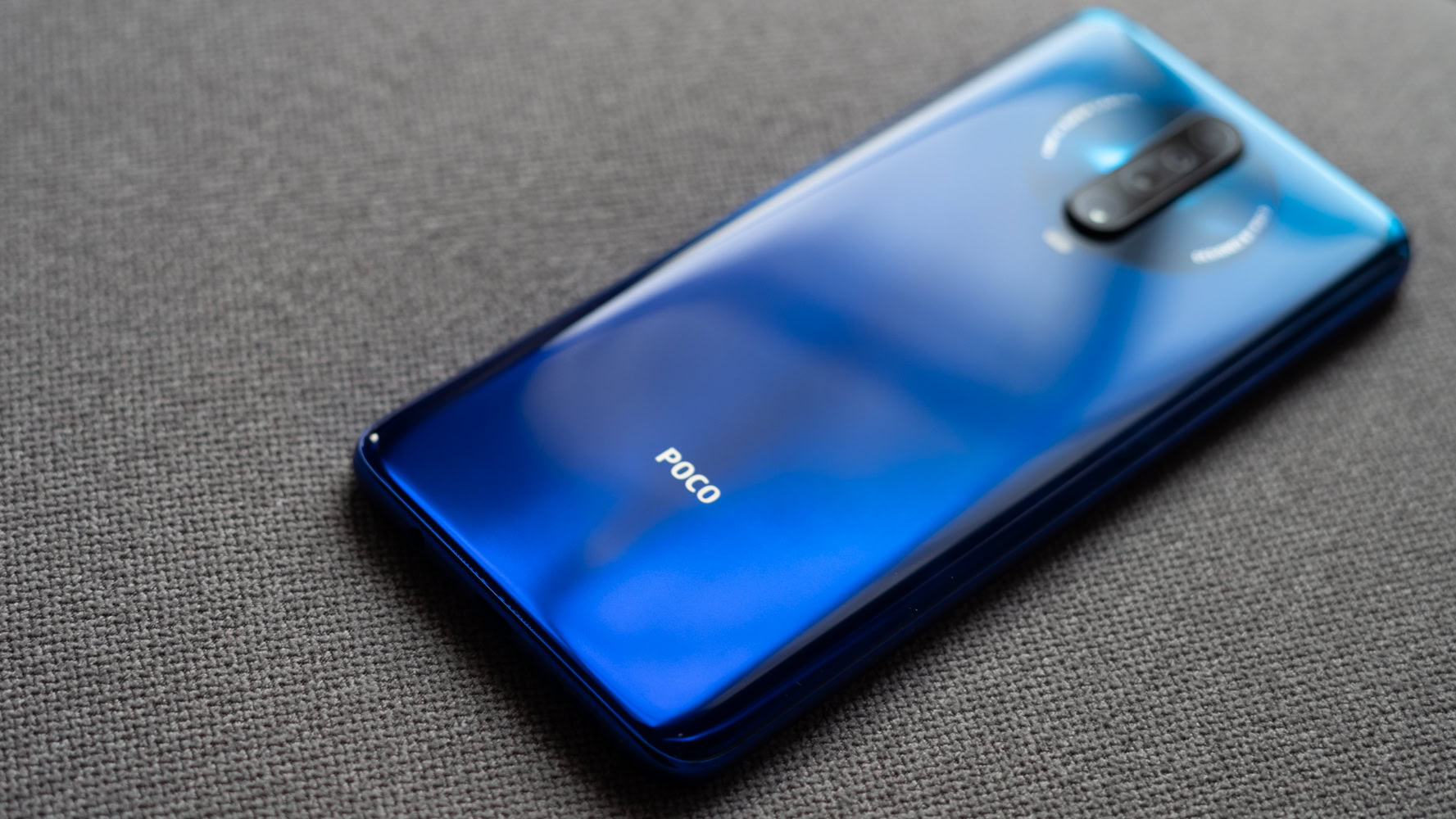
Meanwhile, the company experimented with the affordable flagship segment and found success with the POCO sub-brand. The POCO F1 was a popular product that made obvious compromises in design, display quality, and other key areas to hit a performance and price target. It was designed to appeal to a demographic that cares about performance over everything else and succeeded at it. Earlier this year, Xiaomi spun off POCO into its own entity and launched the POCO X2 which made moves in the sub-$200 segment. Sporting an unheard of (in the segment) 120Hz display and improved build quality, it helped POCO gain a 2% share of shipment volumes in Q1 2020.
Related: Pocophone F1 redux: Still the best value for money?
Xiaomi’s re-entry into the high-end space has been a long time coming and it is obvious that the company has been preparing to rejig internal divisions to ensure minimal brand overlap. Between Redmi taking care of the affordable, mid-range segment and POCO catering to the performance-first market, for once Xiaomi has a shot at gunning for the premium segment with an all-encompassing, no-compromises product under the flagship Mi brand.
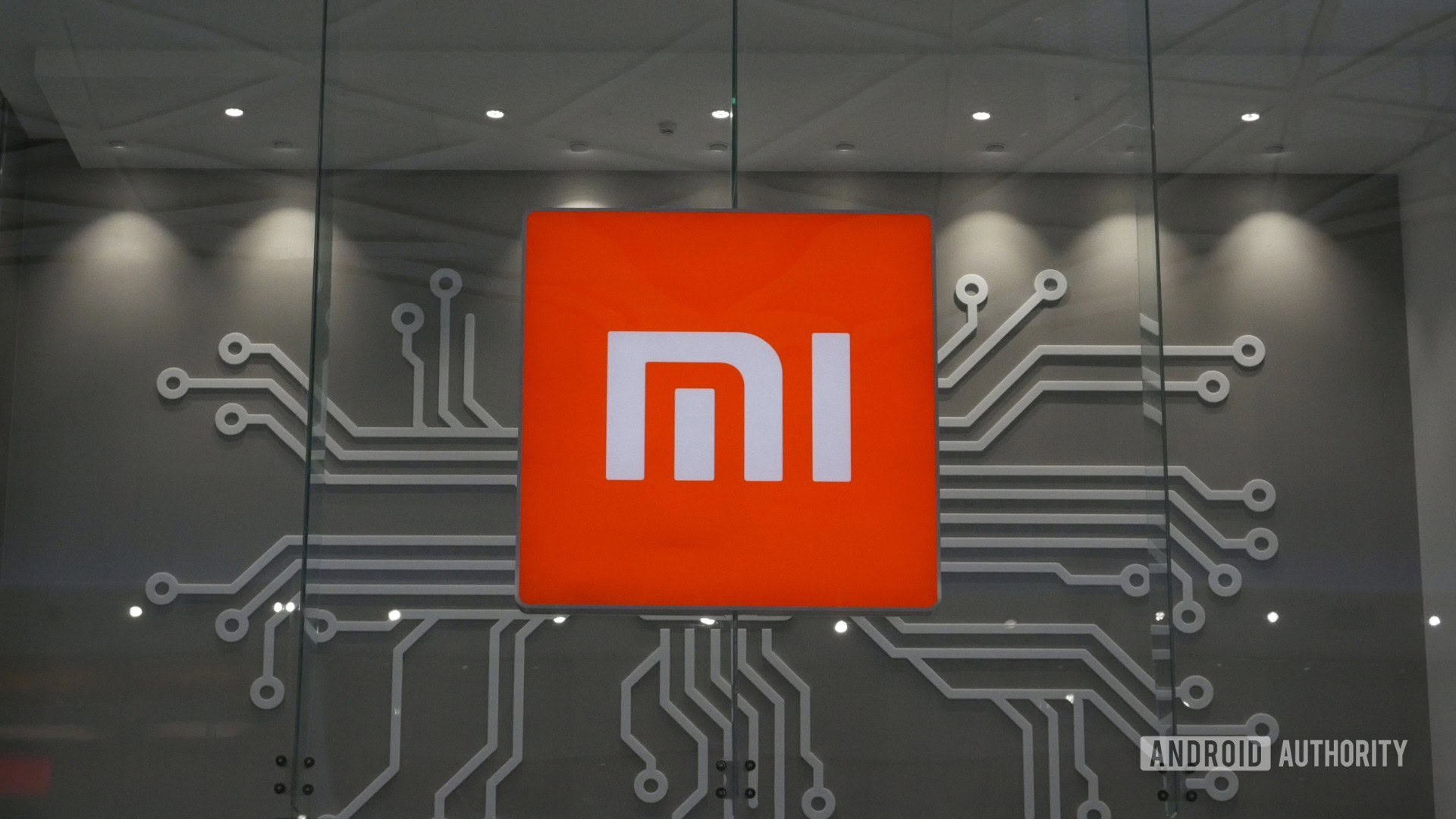
Climbing the price ladder
The elephant in the room is, of course, profitability and the razor-thin margins afforded by cut-throat competition and value-priced hardware. Add to that Xiaomi’s “promise” to restrict profit margins to a scant 5%, and it becomes significantly harder to make money off of budget smartphones. On-device advertisements can only go so far.
The only solution is to tag along with the rising upwards mobility in India’s smartphone space. After all, 5 percent of a $500 product is significantly more than that of a $100 smartphone.
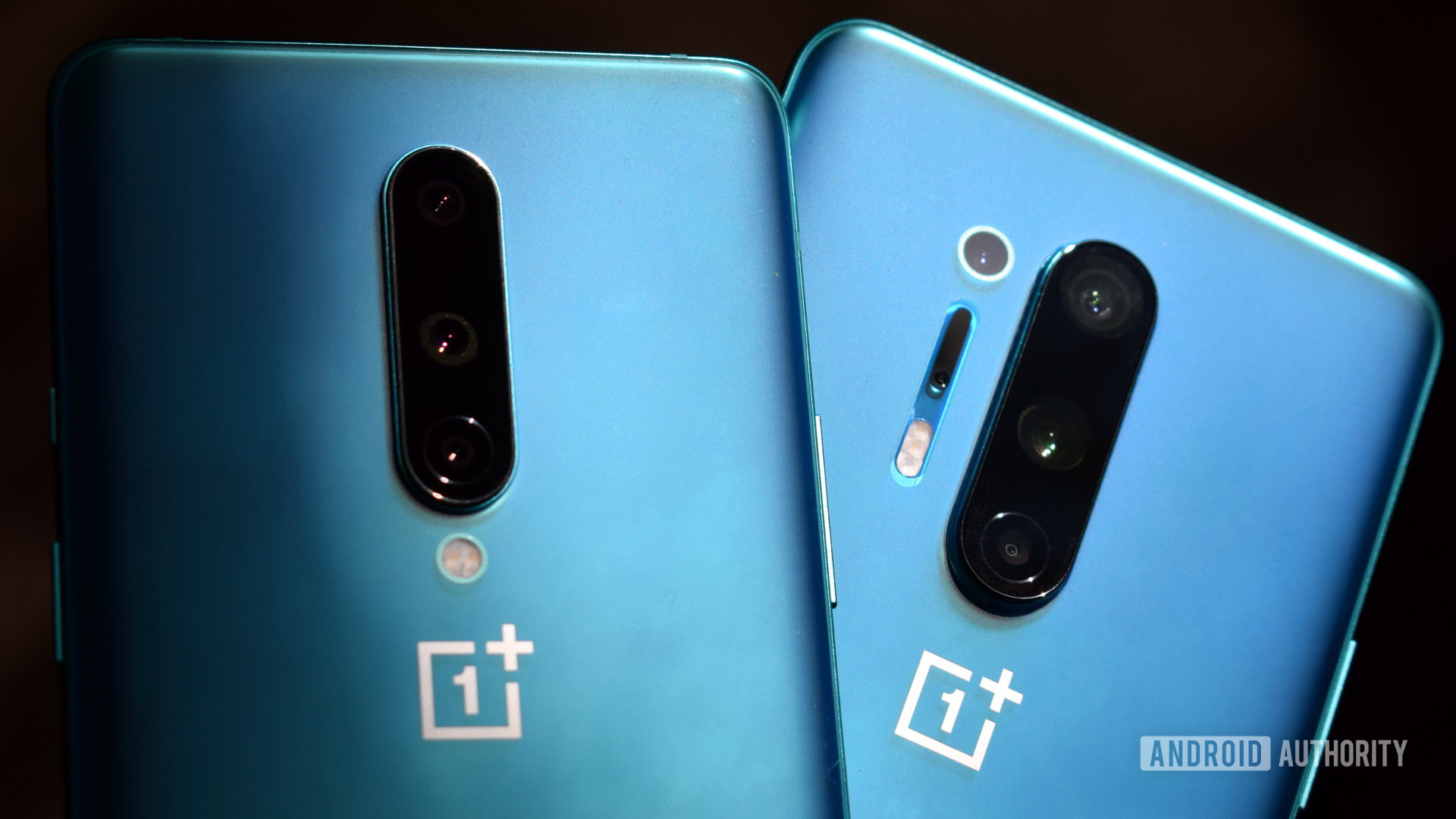
OnePlus is a classic example of a brand that has successfully managed to climb up the price ladder with each successive generation all while maintaining its ethos of being an “affordable” flagship. For a brand that started at a mere $3oo or Rs. 21,000 in India with the OnePlus, the company has successfully managed to scale up to devices that fall just short of the $1,000 mark or Rs. 60,000 in India. It has taken a few years and despite a few misses along the way, but the consistent delivery, messaging, and, of course, the quality of the product has ensured that OnePlus is considered a credible option despite gravitating to a price point that is almost three times higher.
Now Xiaomi wants to do the same — but that’s easier said than done.
Does the Xiaomi Mi 10 have what it takes to succeed in India?
Long term play
Xiaomi’s premium-segment play is a long journey fraught with competition and uncertainty. Changing a company’s ingrained image among consumers takes time, and even more so in the premium segment. This is a market category that is notoriously brand conscious and is still majorly dominated by Apple, with Samsung and OnePlus also going after a piece of the pie.
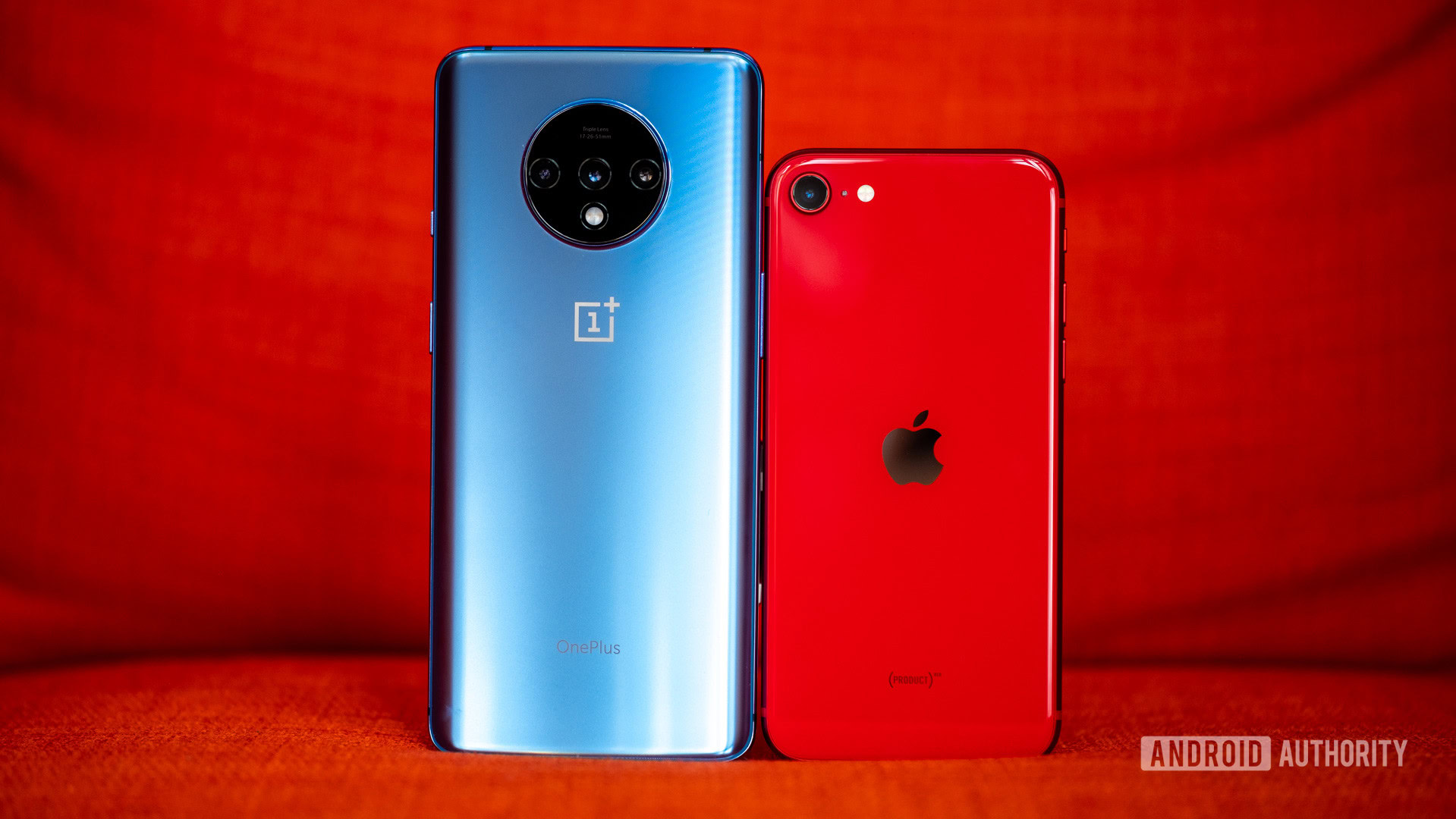
In India, a high-end phone is just as much a status symbol as a commodity. Unfortunately for Xiaomi, years of successful brand building in the budget space means that a vast proportion of smartphone buyers simply don’t relate to the company in the premium space. Through years of value-focused positioning, challenging flagship phones directly by introducing high-spec features in affordable phones, Xiaomi has pushed itself into a corner and finds itself competing in the same segment of phones that it has historically tried to undermine with cheap hardware.
Xiaomi is now competing in the same segment that it tried to undermine with affordable hardware.
The other big issue is that Xiaomi built its following at a time where there was little to no legitimate competition in India. Brands like Micromax and Intex were selling low-quality smartphones that underperformed and felt cheap. This isn’t the case anymore.
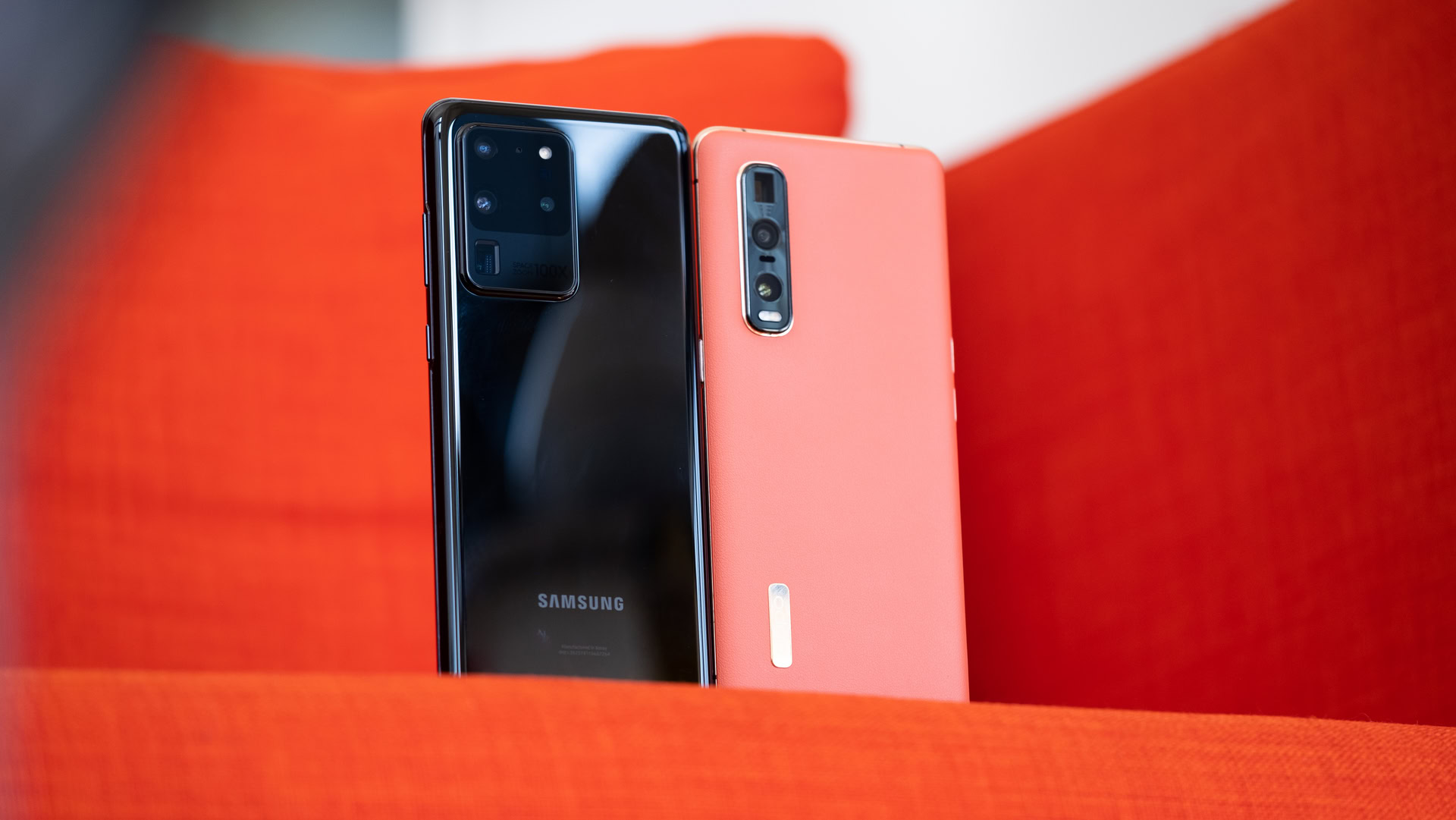
For one, there is ample competition from Chinese vendors. BBK brands like realme and OPPO have been taking notes from Xiaomi’s playbook and have posed a significant threat even on Xiaomi’s home turf of sub-15,000 rupee phones. In the higher-end segment, there is ample competition. OnePlus might be the segment leader, but Realme, OPPO and even Iqoo are all vying for a piece of the pie with quality hardware at cut-throat prices.

Xiaomi is now competing against established players who know how to build a quality product, have an established following, and have a local manufacturing presence — that’s not an easy position to be in. In fact, Xiaomi’s decision to import the phone subjects it to a 20% import duty which raises prices further and does no favors to its market positioning.
Finally, there’s the impact of the Coronavirus pandemic. The Mi 10 was slated to launch back in March, but Xiaomi has had to hold on to inventory and factor in fluctuating dollar costs which also impacts pricing for the product. With all the uncertainty around spending, potential customers playing it cautious, this is the worst time to be launching a new phone. More so a device that needs to prove itself and establish trust in the premium segment.
A long and difficult journey
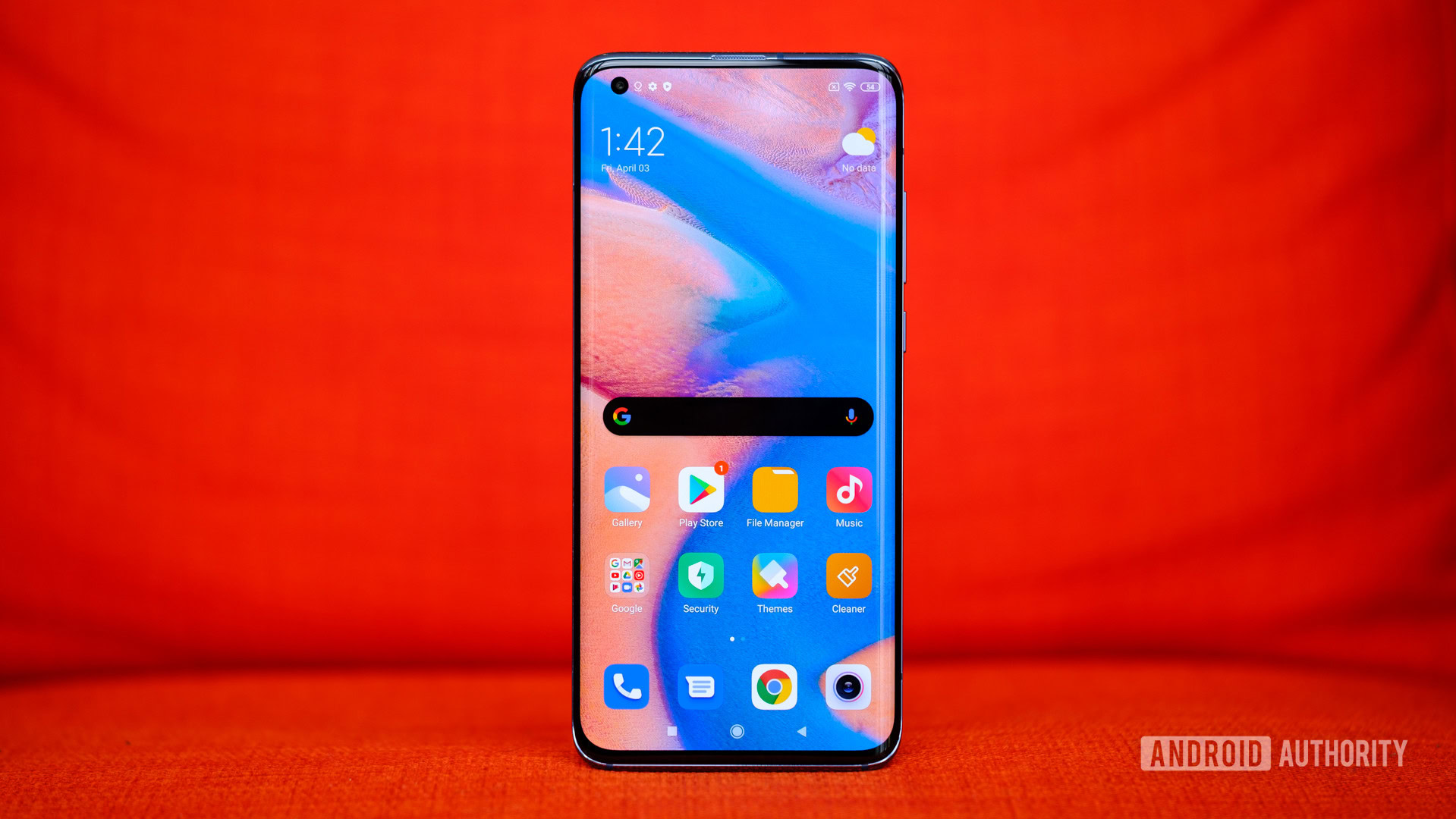
Xiaomi’s premium play is a long-term journey that is dependent more on its ability to change market perception than any specific piece of hardware.
Alongside a concerted marketing effort, it will need a certain risk appetite from the brand to be able to persevere amidst limited sales, more so with an anticipated sales slump in the nearby future.
Unlike the Mi Mix 2, the Mi 10 launch cannot be a one-hit-wonder for Xiaomi.
Xiaomi needs to avoid making the same mistake it did with the Mix 2 launch. The Mi 10 cannot be a one-hit-wonder.
All signs point to the fact that Xiaomi understands this, and the segregation of brands has been designed to allow Mi to flourish in the premium segment. As long as the brand sticks at a consistent release schedule in line with international launches and a focused marketing push, it can expect to make inroads over the next few quarters.